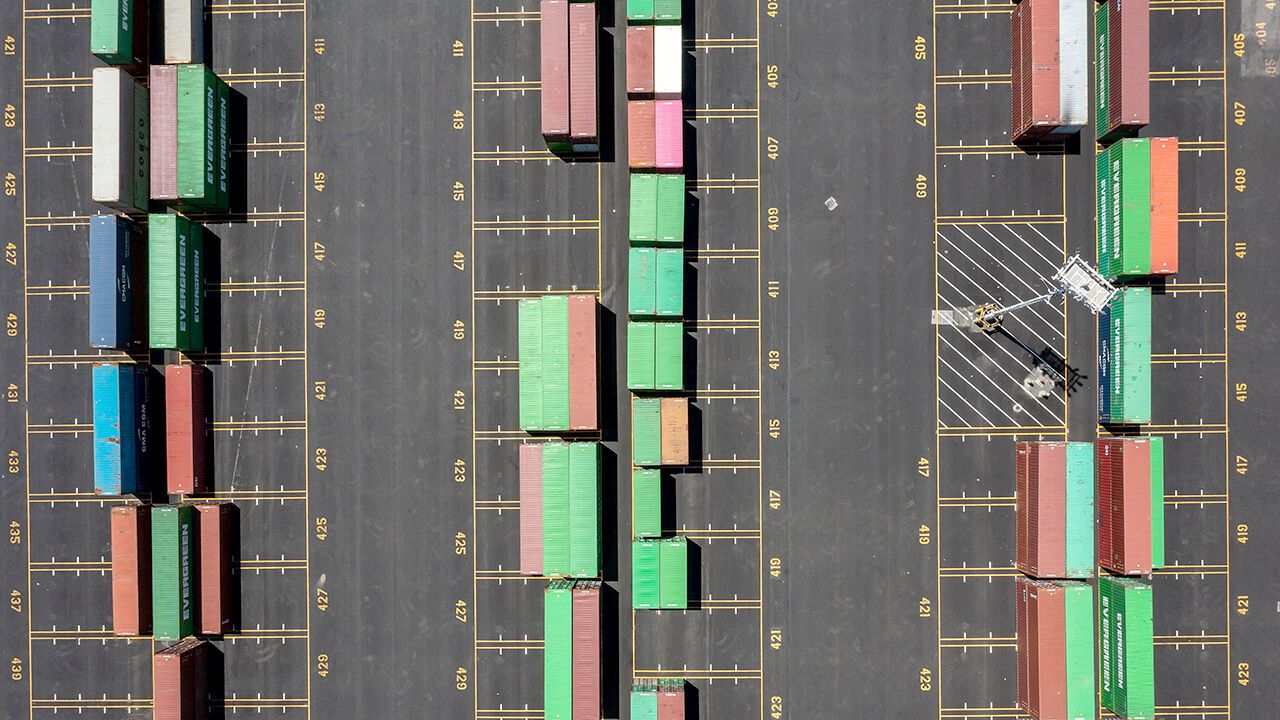Articles in this Cluster
04-08-2025
Europe’s record heatwaves and longer summers are accelerating demand for air conditioning, with ownership still low at about 20% versus 90% in the U.S. The International Energy Agency warns cooling demand could nearly triple by 2050 without efficiency gains, making HVAC a key lever for emissions given buildings’ 20% share of global CO2. Demand spikes are most evident in countries with historically low AC penetration like France and Germany, while southern Europe already has higher uptake. Portable units see sharp seasonal surges, whereas built-in systems grow more gradually. Data centers, healthcare, and commercial sectors are also driving HVAC growth, with AI boosting needs for advanced thermal management. Heat pumps are surging as a dual heating-cooling option, supported by EU policies, consolidation, and investment. While rising HVAC adoption will add to electric loads, efficiency improvements and declining industrial demand may keep overall grid impact modest—though localized peaks and grid readiness vary by country, necessitating upgrades to handle cooling, EVs, and electrification.
04-08-2025
India’s IT sector faces mounting job cuts amid concerns that AI is disrupting a key pillar of the economy. Tata Consultancy Services plans to lay off over 12,000 employees—mostly mid- and senior-level—citing limited opportunities and skill mismatches, heightening fears of AI-driven shifts. Analysts warn AI is automating routine tasks and transforming mid-level roles, pressuring a model built on low-cost talent and potentially dampening services exports, urban consumption, and broader job creation. With IT contributing about 7.5% to GDP and India needing roughly 8 million new jobs annually, rising unemployment—especially among youth—adds urgency. Economists urge accelerated upskilling, movement into higher value-added services and innovation, and expanded salaried job creation to avoid a middle-income trap. AI’s long-term impact will hinge on workforce reskilling and sectoral adaptation.
04-08-2025
The article discusses how U.S. tech giants face mounting physical constraints—especially electricity supply—as they scale AI infrastructure. With chip and data-center equipment shortages driving costs and delays, access to power has become a critical bottleneck. President Trump’s new “AI action plan” flags stagnant energy capacity as a threat to U.S. AI leadership. In response, hyperscalers are pursuing creative strategies to secure and optimize power: long-term utility deals, on-site generation, advanced grid partnerships, and alternative energy sources, alongside efficiency gains within data centers. The piece frames the power crunch as a defining challenge for sustaining the trillion‑dollar AI buildout.
04-08-2025
The article examines whether Britain’s drive toward net zero is responsible for high energy prices. It concludes that recent bill spikes are driven more by global gas price shocks, underinvestment in grid infrastructure, and market design than by decarbonisation targets themselves. While green policies have added some costs—such as subsidies and network upgrades—renewables have generally lowered wholesale prices when available and reduce exposure to volatile fossil fuel markets. The piece argues that accelerating clean power, improving market reform (including capacity and flexibility mechanisms), expanding storage, and investing in the grid are key to stabilising prices and achieving the 2030 clean-electricity goal, rather than slowing net-zero efforts.
04-08-2025
The article argues that America’s tech giants are financing a massive, capital-intensive AI buildout—especially data centers—on a scale rivaling heavy industry. Alphabet, Meta, Microsoft, Amazon, and Oracle now carry far more hard assets and are collectively spending more than all listed U.S. industrial firms, with this capex contributing significantly to recent U.S. GDP growth. The central question is who ultimately funds this trillion-dollar AI push: shareholders (via equity), debt markets, customers (through higher prices for AI services), or taxpayers (via incentives and infrastructure). The piece frames the AI boom as both a technological and financial revolution, where Big Tech’s balance sheets and investment choices will shape how costs and benefits are distributed across investors, users, and the broader economy.
04-08-2025
The article describes Silicon Valley’s shift from the Web 2.0 era of consumer apps and lavish perks to a more serious “hard tech” phase driven by artificial intelligence. Knowledge of AI concepts and access to powerful hardware like Nvidia H100s have become essential, hiring has slowed at big tech firms, and management is focused on efficiency over perks. San Francisco has reemerged as the hub due to OpenAI and Anthropic, drawing founders back from Miami and Austin. The industry’s politics have diversified, with increased interest in defense tech and a “Liberaltarian” stance—socially liberal but anti-regulation in business. Post-pandemic layoffs cut “soft” roles in favor of deep learning talent, and venture capital has pivoted from crypto/metaverse to AI. The piece frames the transition as the end of easy consumer software and the rise of ambitious efforts to build superintelligent systems, reshaping tech culture, investment, and geography.
04-08-2025
The article traces San Francisco’s billboard culture from the iconic Yahoo! era to today’s AI boom, noting how current ads along I-80 now reflect the industry’s shift toward artificial intelligence. Unlike past waves (dot-coms, then the sharing economy), today’s billboards often feature obscure startups and insider jargon, making them hard for non-tech audiences to decipher. The piece includes a quiz challenging readers to interpret AI-focused ads and slogans—like chip-rental services, workflow automation, and agent-based AI lingo—highlighting how marketing now targets industry insiders rather than the general public.
